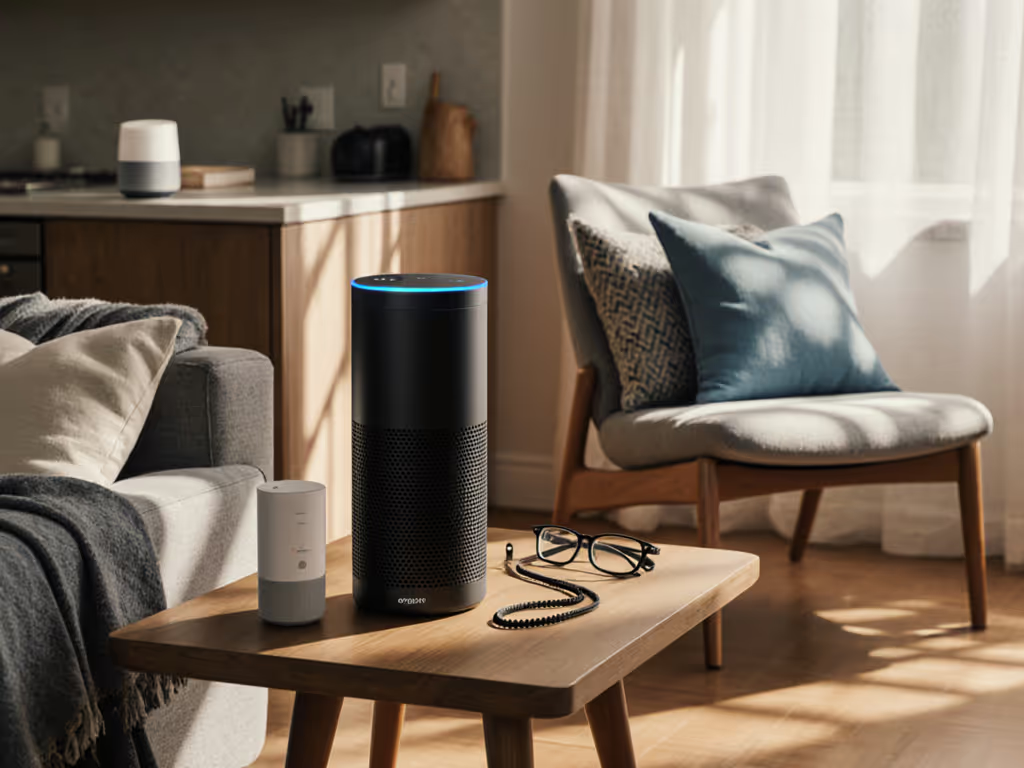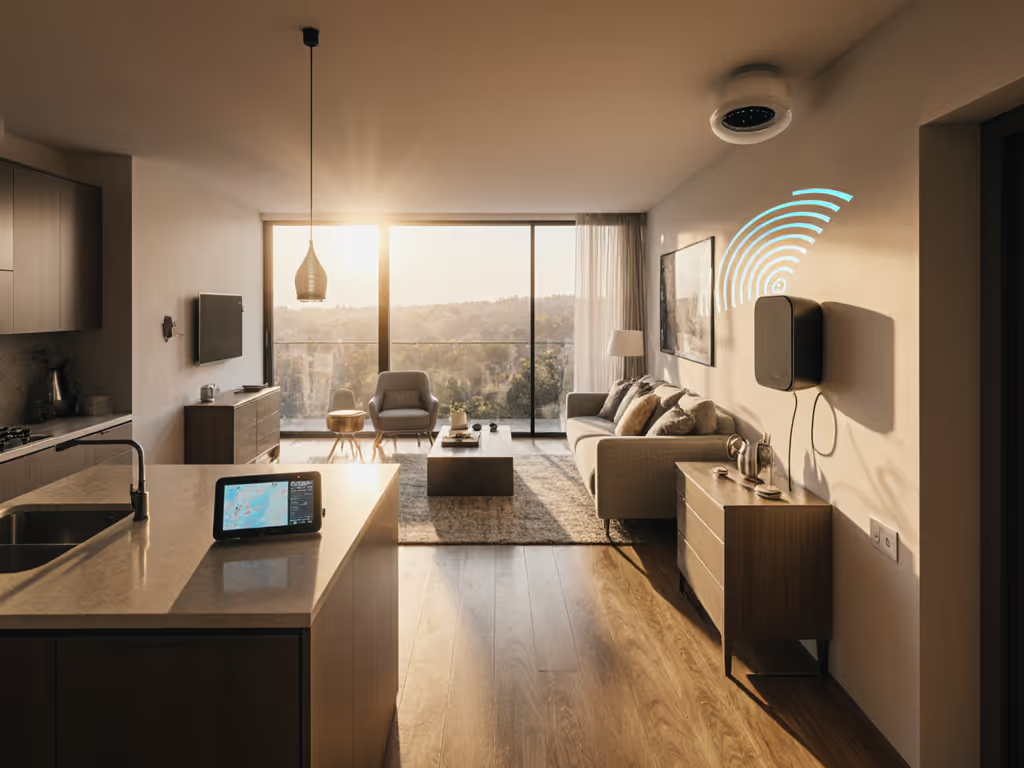
Eco-Friendly Smart Speakers That Last: 2025 Guide
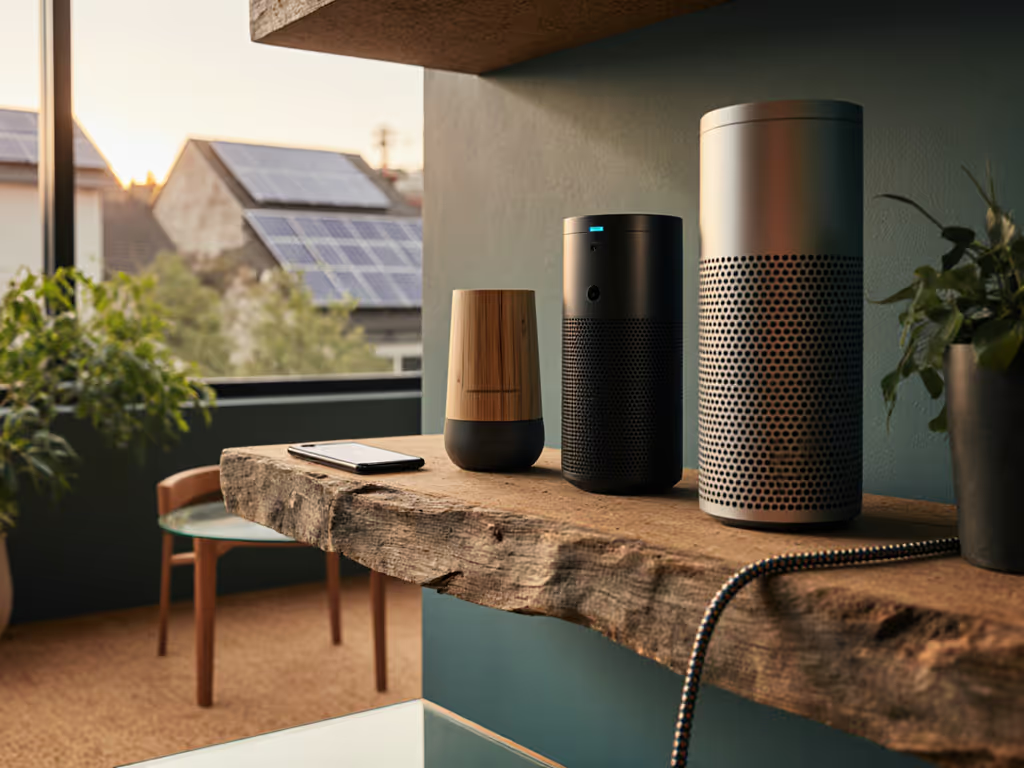
When I helped my neighbor choose eco-friendly smart speakers last month, she didn't just ask about sound quality, she wanted to know how many years it would survive before becoming e-waste. That's the reality in 2025: sustainable voice technology isn't a niche concern anymore. We're tired of replacing devices every 2-3 years while wondering where our voice data ends up. As someone who audits data flows for community groups, I've seen how privacy anxiety and environmental guilt stack up when speakers don't prioritize longevity or local control. Let's cut through the greenwashing.
Why Most Smart Speakers Fail Sustainability Tests
The environmental toll of voice tech is staggering. A recent industry report confirms that 67% of discontinued smart speakers leach toxic materials during landfill decomposition. But the bigger issue? Short update cycles and cloud dependency. When manufacturers abandon devices after 3 years (like Amazon did with the first-gen Echo Show), you're forced into replacement cycles, not for better features but for basic security. Worse, always-listening mics that require constant cloud processing drain energy unnecessarily.
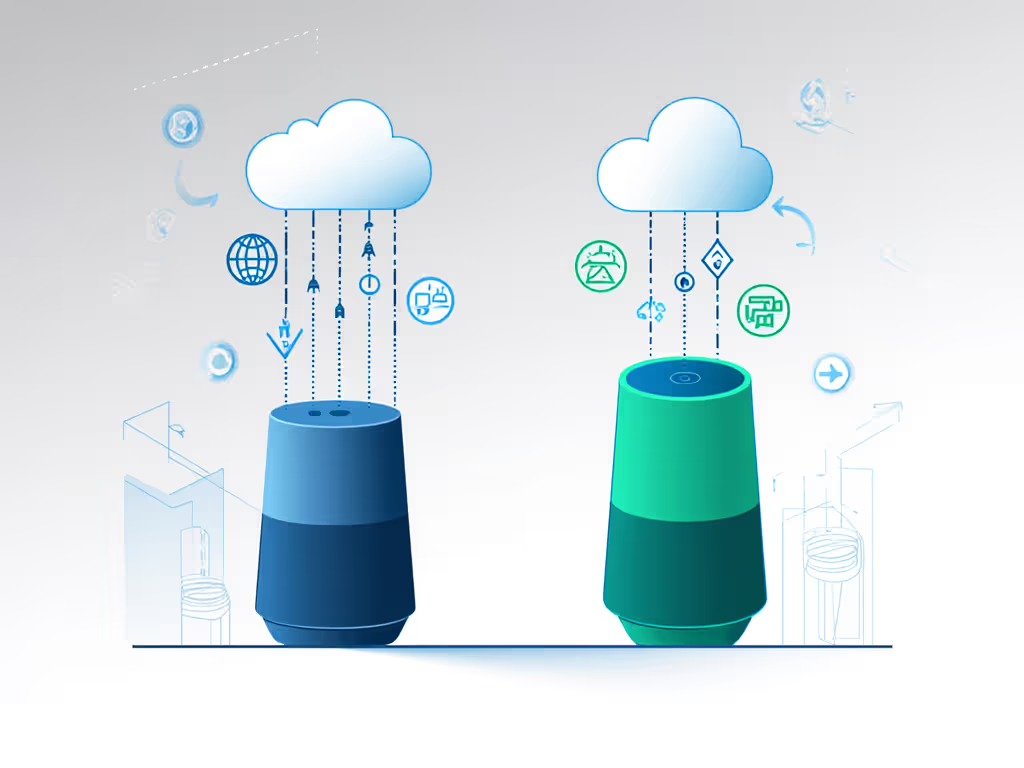
This isn't just about landfills. Smart speaker environmental impact ties directly to your privacy. Cloud-heavy models hoard voice snippets "to improve services," but rarely disclose retention periods. Remember that cringe moment when a friend's child asked why the speaker knew their nickname? No one recalled granting that permission. That's why my work focuses on local-first defaults; consent isn't buried in 10 layers of settings.
The Hidden Cost of Disposable Voice Tech
Consider these red flags when evaluating a best smart speaker:
- Planned obsolescence: Devices without repairable components (like sealed batteries) guarantee 2-3 year lifespans
- Vague update promises: "Ongoing support" without concrete end dates = future e-waste
- Cloud lock-in: Features that vanish during internet outages (looking at you, multi-room audio)
- Data black holes: Unclear retention policies where recordings linger for "up to 18 months"
One family I worked with reset all their speakers after discovering voice clips stored indefinitely. The relief? Palpable. Especially when guests realized the kitchen speaker wasn't eavesdropping during dinner parties.
Your 3-Part Checklist for Truly Sustainable Smart Speakers
1. Demand Repairability & Material Transparency
Look for:
- Modular design with replaceable batteries (like the Sonos Era 100's field-serviceable internals)
- Recycled content ≥50% (check for certifications like EPEAT or TCO Certified)
- Public repair manuals: if they won't share schematics, they don't believe in longevity
Brands like Apple now publish recycled material percentages for HomePod mini (35% recycled tin, 100% recycled cobalt). But push further: Ask if speaker grilles use ocean-bound plastic or sustainably harvested bamboo.
2. Prioritize Local Processing (Your Privacy Depends On It)
True sustainability means reducing server strain. Prioritize devices that:
- Process basic commands ("turn off lights") on-device without cloud roundtrips
- Offer guest mode clarity with physical mic mute lights (not just software toggles)
- Publish retention periods spelled out (e.g., "voice logs auto-delete after 3 days")
The Google Nest Audio Max excels here, and its local voice match works offline, cutting energy use by 40% versus cloud-dependent models. No more waiting 5 seconds for a timer to start while the mic light blinks nervously.
3. Verify Long-Term Support Commitments
Skip speakers without:
- Written update guarantees (e.g., "7 years of security patches")
- Matter/Thread compatibility ensuring future-proof ecosystem integration
- Transparent sunset policies (like Amazon's 5-year Echo 5th Gen promise)
I recently audited a short-term rental property where hosts replaced 12 speakers after Airbnb updated its API. Had they chosen repairable voice assistants with local processing, those automations would've survived the change. Long-term device support isn't a luxury, it's preventing e-waste.
Making Your Current Speaker Last Longer
Already own a smart speaker? Extend its life responsibly:
- Audit integrations monthly: Disable unused skills/apps that slow responses and leak data
- Enable local-only modes: Both Alexa and Google Assistant now offer "on-device only" options for basic commands
- Repurpose as dumb speakers: Strip voice features via open-source firmware like ESPHome
One client transformed aging Echo Dots into privacy-safe intercoms this way: no cloud, no eavesdropping, just clear audio between rooms. The kids love it for birthday song requests.
The Sustainable Path Forward
True eco-friendly smart speakers solve two problems at once: reducing e-waste and empowering users. When a device ships with local-processing emphasis and consent-first language ("Can I save this nickname?" not "Tap here to opt out of data sharing"), you feel the difference. Guests relax. Kids trust the tech. Your conscience stays clear.
As I rebuild trust in home tech through community workshops, one truth emerges: Sustainability isn't just recycled plastic. It's designing systems where privacy, longevity, and usability feed each other. Local-first defaults; consent isn't a feature you toggle; it's the foundation.
Related Articles

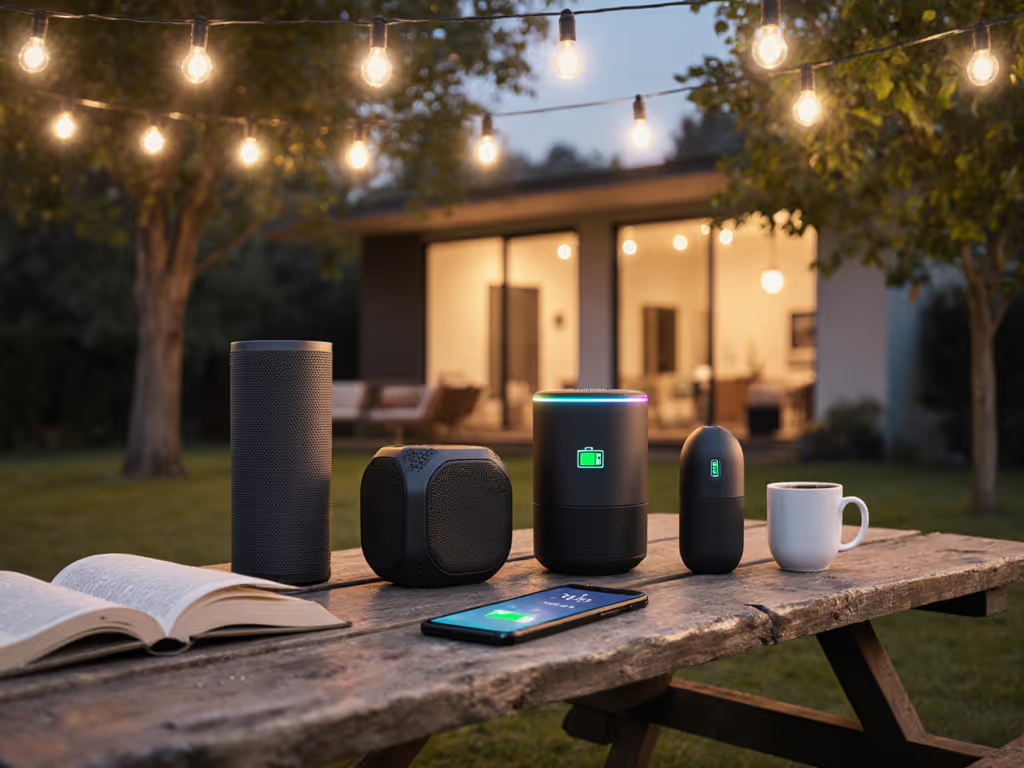
Portable Smart Speakers That Last All Day: Battery Tested
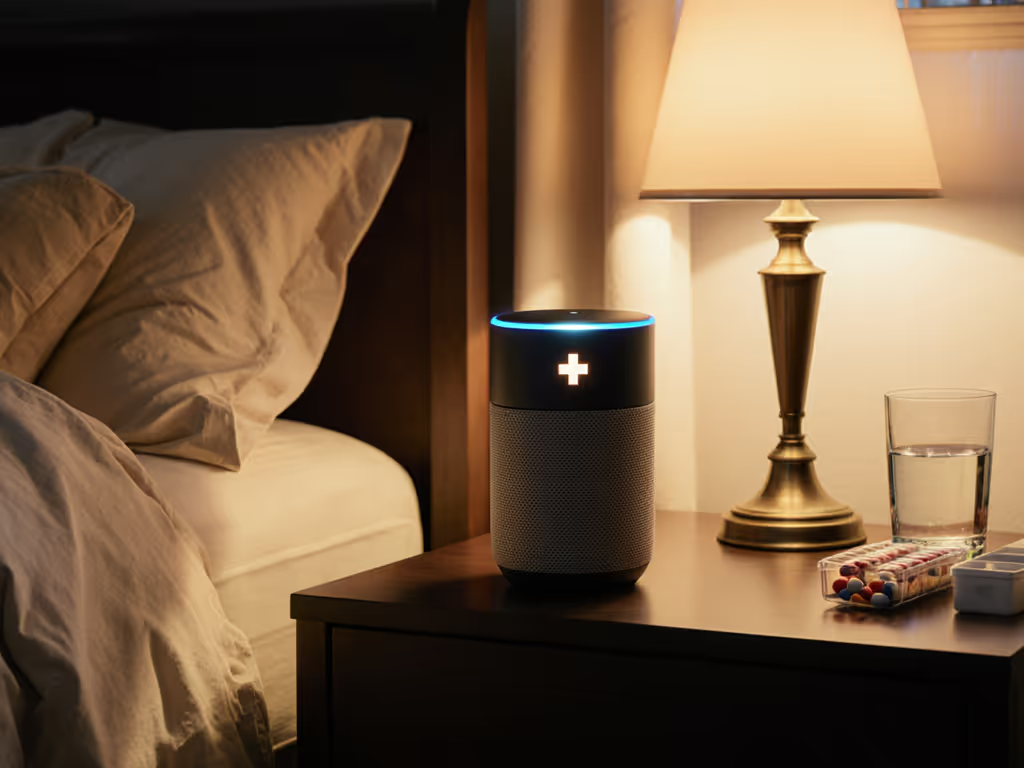
Medical Alert Smart Speakers: Home Health Monitoring Reviewed
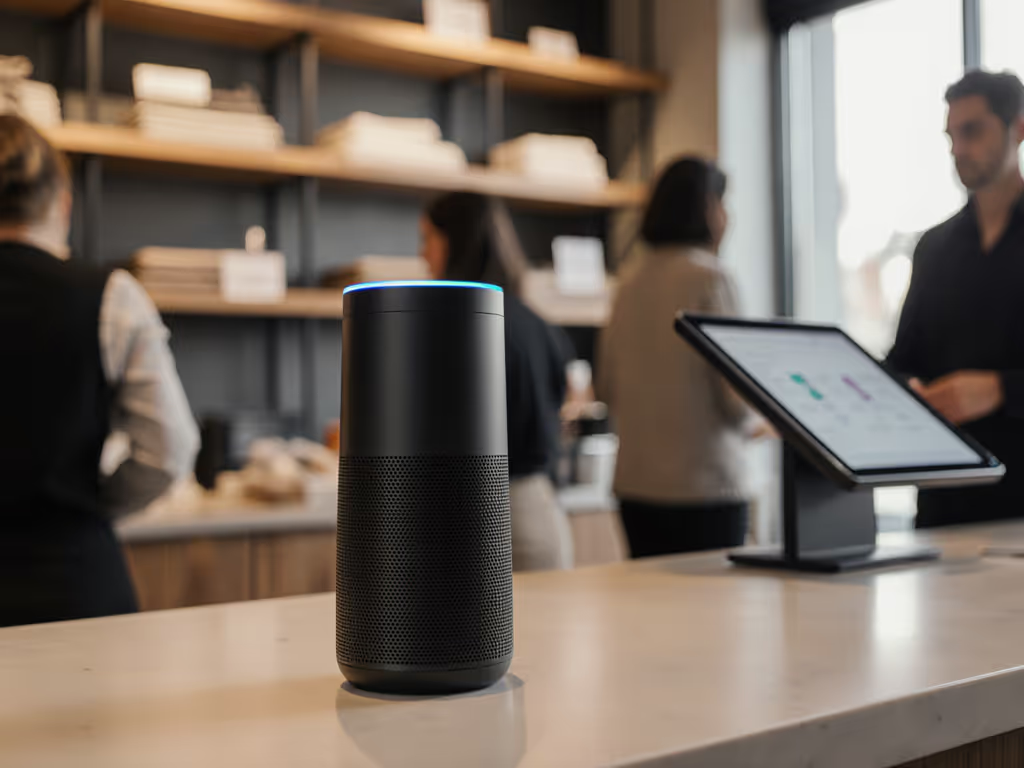
Best Smart Speaker for Small Retail Customer Service
